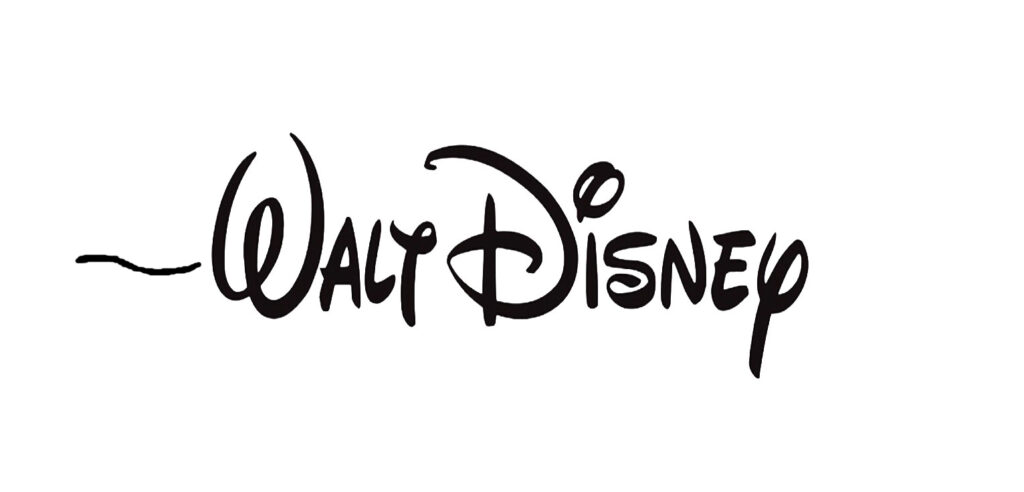ANIMATORS’ NEW DISCOVERIES
In addition to three-dimensionality, over their first decade working in the Disney Studio key animators gradually discovered more vital capabilities: how to make drawings that even individually convey a feeling of life, how to make these drawings appear to be thinking and finally how to make them seem to be interacting emotionally with other drawings in the same scene. These were hard-won advancements.
When Dick Huemer asked his famous question in the early ’30s, “What’s the secret over at Disney’s?”, the answer should not have been “timing” or “analysis” – it was in fact that somehow the characters were made to live in the audience’s imagination.[1]
Careful observation of character movement – of the “manipulation” if you will – is also instructive. For example, syllable-by-syllable lip-sync – a frequent misguided aspiration of novice puppeteers – is scrupulously avoided in favor of head movement or even more communicative broad gesture. “Walt says that in a close-up the audience watches the character’s eyes, not his mouth…”
Merely reproducing lip movement isn’t enough. This can result in a chattering appearance…[2]
By way of example, the Dodo of Alice in Wonderland comes to mind: his face saddled with an enormous realistically inflexible beak it is impossible for this character convincingly to mouth words that proceed easily out of an elastic human physiognomy. Therefore, the animator manipulates him to minimize the importance of lip-sync and to maximize communication through head movement and “body language”, co-incidentally affording himself opportunities to choreograph the whole scene to a jolly polka rhythm.

More importantly the overall deportment of each animated figure derives from and in turn further delineates the personality of that particular character, helping to differentiate it from all others – the ultimate refinement in puppet manipulation.
The goal of the puppeteer is to make an object which is actually subject to external forces appear to be moved by internal (physical and emotional) forces…[3]
Consistently evoked, these “internal forces” – “motivations” as they are called in the “live” theater – begin after a while to accrue into a distinctly recognizable personality.
Everything in (Disney’s) cartoons had to have a personality. He insisted that if a tree was bashful, it had to act like it was bashful. If it was a villainous tree, it had to behave like a villain. He always demanded complete character delineation from his animators…[4]
For example, in the aforementioned Alice in Wonderland there’s no confusing the locomotion of the White Rabbit with that of the March Hare. The former carries himself with an appropriately fussy frenetic frantic gait – a comical short-legged jog that occasionally escapes willy-nilly into bounding hops. The more anthropomorphic March Hare on the other hand zips about with zany abandon flailing and cavorting with all the hyperbole of utter madness.

Copyright The Walt Disney Company
Compare these to two other Disney bunnies. In Song of the South (1949) Br’er Rabbit’s gravity-defying splay-footed grandes jettées correlate to his amiable cocksure yet vulnerable free spirit. In Bambi Thumper’s near-naturalistic propulsion betrays just the slightest hint of mischievous innocence. Here we have a near-compendium of rabbit manipulation from natural through surreal…

Copyright The Walt Disney Company
The importance of such character development as it relates to the overall story is explained by veteran animators Ollie Johnston (1912-2008) and Frank Thomas (1912-2004) as follows:
Until such characters have been “found”, it is impossible to think of the story as anything but a collection of incidents. With them included, it becomes a personal account of something that happens to individuals people in the audience know… The story is now becoming a tale about specific characters; what they think and decide to do determines what will happen and the way it will happen.[5]
[1] Johnston, Ollie, and Thomas, Frank: op. cit., p. 530.
[2] Veteran animator Ollie Johnston in Thomas, Bob: The Art of Animation, Golden Press, New York, 1958, p. 67.
[3] Richard Bradshaw as quoted in Hanford, Robert Ten Eyck: The Complete Book of Puppets and Puppeteering, Drake Publishers, Inc., New York, 1976, p. 138.
[4] Kimball, Ward: “The Wonderful World of Walt Disney” in Wagner, Walter: You Must Remember This, Putnam Books, New York, 1975, p, 275. (The tree references are to a 1932 “Silly Symphony” cartoon short, Flowers and Trees, the first animation in Technicolor.)
[5] Johnston and Thomas: op. cit., p. 404-405.
